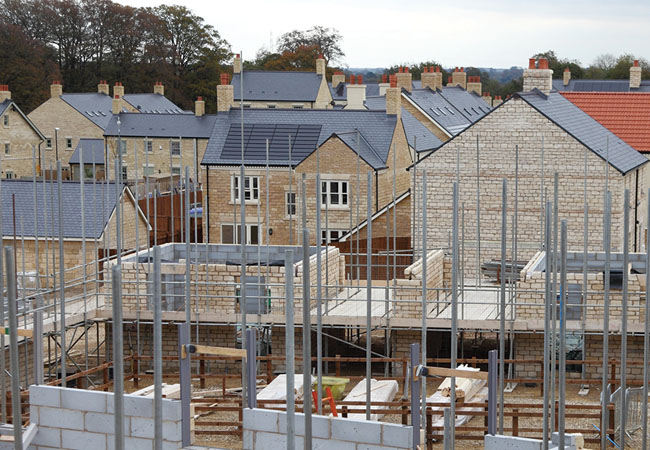
The government’s proposed radical reform of the planning system in England has faced a barrage of criticism from designers, housing groups and environmental activists.
Under the Planning for the Future strategy, local authorities will have to allocate land for developments that can be built without having to navigate the full planning process. Land will be designated for ‘growth, renewal or protection’. New homes, hospitals, schools, shops, and offices would be approved automatically in ‘growth’ zones, while projects in ‘renewal’ zones would be given ‘permission in principle’.
In theory, no building would be allowed in ‘protected’ zones. The white paper also outlines plans for a new Infrastructure Levy. Housing Secretary Robert Jenrick said the reforms would not undermine quality: ‘Planning decisions will be simple and transparent, with local democracy at the heart of the process.’
The government expects new homes to produce up to 80% fewer CO2 emissions compared with current levels. However, RIBA condemned the proposals as ‘shameful’ as they would do ‘almost nothing to guarantee the delivery of affordable, well designed and sustainable homes’. ‘There’s every chance they could lead to the development of the next generation of slum housing,’ said president Alan Jones.
Research from UCL and Liverpool University found that 72% of dwellings created through PDRs have single aspect windows compared to 30% for those granted planning permission.
CIBSE technical director Hywel Davies said: ‘PDR units appear to have worse access to natural daylight and sunlight, and may be more difficult to ventilate, so are at greater risk of overheating. It is a huge concern that ensuring access to daylight and good ventilation is seen as “red tape”.’
CIBSE technical manager Julie Godefroy, said: ‘Incentives and fast-tracked processes for construction and the wider economy should favour those that demonstrate they contribute to carbon, environmental and health objectives, not the opposite.




